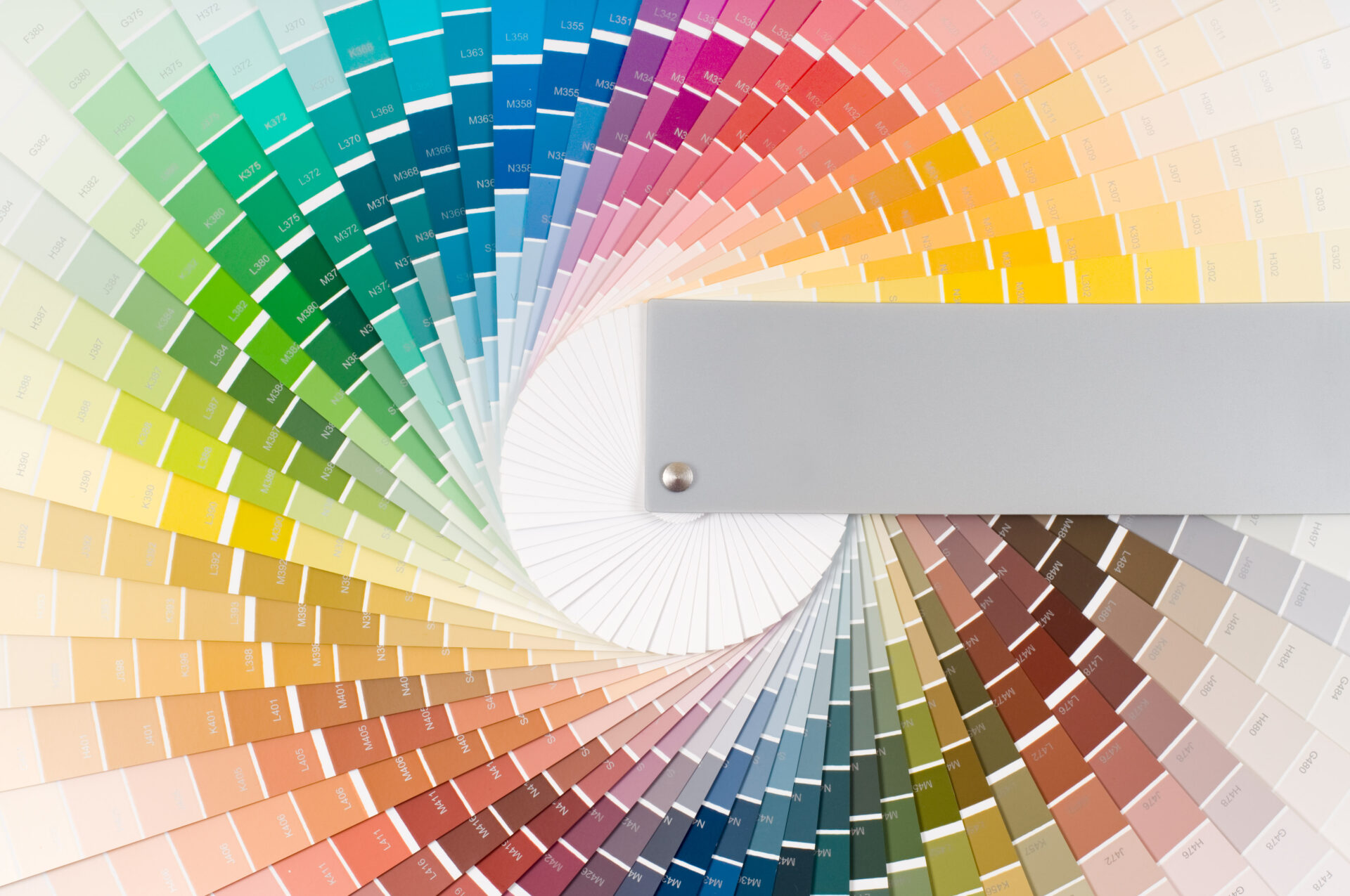Effective brand design is not merely about aesthetics; it is a strategic tool for business that can shape consumer perceptions and drive brand success.
By unraveling the world of design secrets, brands can tap into the subconscious cues that influence consumer behaviour and forge lasting connections.
From deciphering the psychology of colours to harnessing the power of visual storytelling, each design element plays a crucial role in crafting a compelling brand narrative.
Understanding these design intricacies can be the differentiating factor that propels a brand from mere existence to enduring relevance.
Colour Psychology and Branding
Colour psychology plays a pivotal role in branding strategies, influencing consumer perceptions and emotional responses towards a brand’s identity. The choice of colors in branding goes beyond aesthetics, as each colour evokes specific emotions and associations in the minds of consumers.
For example, red can create a sense of urgency and excitement, while blue instills feelings of trust and reliability. Understanding these colour meanings allows brands to strategically align their visual identity with their desired brand personality.

Visual Storytelling Through Imagery
How can brands effectively convey narratives and engage their audience through the strategic use of visual imagery?
Visual storytelling through imagery is a powerful tool for brands to communicate their message and evoke emotions in their audience. By carefully selecting and optimising images, brands can create a strong connection with their target market.
Images featuring people can establish an emotional bond, while high-quality visuals are crucial for online engagement, especially on mobile devices. Testing graphics on various screen sizes ensures a consistent and appealing user experience.
Understanding the impact of different image dimensions and types on brand perception is essential for successful visual storytelling that resonates with the audience and drives brand success.
Typeface Selection for Brand Consistency
Visual storytelling through imagery is a powerful tool for brands to convey narratives and engage their audience, and an integral aspect of maintaining brand consistency lies in the deliberate selection of typefaces. Typefaces play a crucial role in reflecting a brand’s personality, values, and message.
Consistency in typography across various brand materials such as websites, packaging, and advertisements is essential for creating a cohesive brand identity. When choosing typefaces, factors like readability, scalability, and alignment with brand aesthetics need to be considered.
Selecting a primary typeface for headlines and a complementary one for body text can help achieve a harmonious visual hierarchy. By carefully selecting and consistently using typefaces, brands can reinforce their identity and establish a memorable visual presence.
Minimalism in Design Strategy
Implementing a minimalist design strategy can significantly enhance a brand’s visual impact and streamline the user experience. Minimalism focuses on simplicity, clarity, and removing unnecessary elements to create a clean and sophisticated aesthetic.
By utilising ample whitespace, simple typography, and limited color palettes, brands can convey a sense of elegance and modernity. Minimalist designs often evoke a sense of professionalism and trustworthiness, making them ideal for various industries, especially those aiming for a sleek and contemporary image.
This design approach not only helps in attracting and retaining customer attention but also facilitates easier navigation and comprehension of content. Embracing minimalism can elevate a brand’s identity and ensure a memorable visual presence in a cluttered marketplace.
Mastering Graphic Design Principles
Mastering graphic design principles is essential for creating visually appealing and effective brand communication materials. Understanding color theory is crucial as colours convey meanings and evoke emotions. Contrasting colours, such as complementary pairs, enhance visual impact. Each color carries specific brand associations; red signifies urgency, while green symbolises health.
Imagery optimization, especially with people, fosters emotional connections. High-quality images are vital for online engagement, particularly on mobile platforms. Typography choices, like pairing fonts for balance, affect readability. Simplicity in design, utilising whitespace and removing excess elements, aids in user focus.
These fundamentals, including color, imagery, typography, and composition, are vital for successful brand communication.

Understanding the principles of design is essential for creating successful brand identities.
By utilising colour psychology, visual storytelling, typeface selection, minimalism, and graphic design principles, businesses can effectively communicate with their target audiences and establish a strong visual presence in the competitive marketplace.
Embracing these design secrets can lead to lasting impact and engagement with consumers, ultimately driving brand success.





Keep In Touch